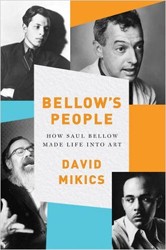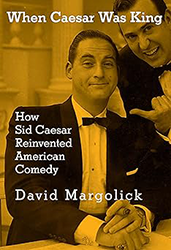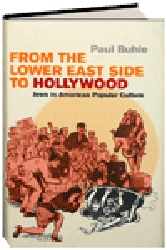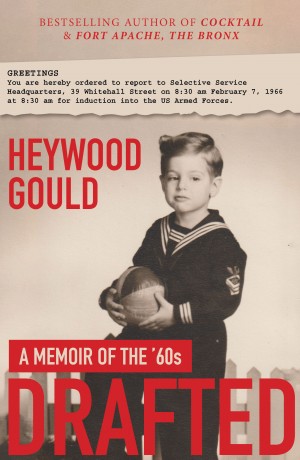Stanley Kubrick fell in love with movies when he was a teenager, and it was a lifelong affair. He sometimes forsook school for one of the splendid theaters near the Grand Concourse, the grassy Bronx neighborhood where he grew up, and he spent the last part of his life on an estate in England that was both his home and his studio, allowing him full control of his films.
Note the subtitle—American Filmmaker—of this compact biography by David Mikics, a professor of English at the University of Houston and a columnist for Tablet Magazine. Stanley Kubrick did not make popular movies. He created distinctive films based on his wide and eclectic reading and his intellectual interests, films over which he demanded complete control and which were marked by his obsessive attention to detail. Kubrick chose the music for his films, often drawing on the works of classic composers — Beethoven in A Clockwork Orange—and introducing the avant-garde composer György Ligeti. He used the Steadicam, recently invented, to dramatic effect, and he even tried to improve the quality of the projectors used in movie theaters. Most notably, he shot and reshot takes endlessly — eighty retakes in one instance.
Kubrick’s films are a window into his fascination with violence, rebellion, war, and the undoing of the best-laid plans. Mikics organizes the book around the films, underlining these themes. Each chapter is a deep inside look into the making of the films — Kubrick’s work with the writers, his technique and relations with the actors, the creation of the locales, the takes and the retakes. When he made a film, it became, in great part, Kubrick’s life, sometimes revealing much about him. He had hours-long conversations with his collaborators. He often entertained the actors in his home.
As with other books in the Yale/Jewish Lives series, Stanley Kubrick is more a biography of the subject’s work than the subject’s life. Mikics does give an overview of Kubrick’s life, but not in any formal way. The reader gets a nice picture of the Kubricks’ full and companionable life on the estate in England in glimpses, between the detailed accounts of the films. He entertained regularly, often serving as chef; his estate abounded with cats and dogs, which he watched over carefully. In the twelve years between his two last films he enjoyed life with his grandchildren, read, watched his wife paint, kept up with the film industry and new movies, and spent hours on the phone. But his relations with his daughters and stepdaughter suggest problems of control that are mentioned only in passing.
Twenty years after Kubrick’s death, his films still exercise an influence both for their powerful visions and their cinematic skill. For serious followers of film, particularly of Kubrick’s films, Stanley Kubrick is a rewarding and revealing biography.
Maron L. Waxman, retired editorial director, special projects, at the American Museum of Natural History, was also an editorial director at HarperCollins and Book-of-the-Month Club.





